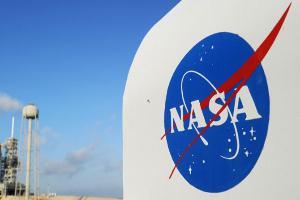Genome sequencing of the samples revealed that all five strains belonged to a single species, Enterobacter bugandensis (E.bugandensis)

NASA
NASA is concerned over the strains of the bacterium Enterobacter, identified on the toilets of the International Space Station's (ISS), which can raise potential health implications for future missions, say Indian-origin scientists at the US space agency.
Five strains of 'Enterobacter' bacterium isolated from the space toilet and the exercise platform on the ISS in March 2015 were investigated in a study led by a team from NASA's Jet Propulsion Laboratory (JPL) and California Institute of Technology (Caltech), US.
ADVERTISEMENT
Genome sequencing of the samples revealed that all five strains belonged to a single species, Enterobacter bugandensis (E.bugandensis).
While these were not pathogenic to humans, E.bugandensis was linked to disease in neonates and a compromised patient, who were admitted to three different hospitals (in east Africa, Washington state and Colorado), the researchers said.
"Given the multi-drug resistance results for these ISS E.bugandensis genomes and the increased chance of pathogenicity we have identified, these species potentially pose important health considerations for future missions," said lead author Nitin Singh from NASA-JPL Caltech.
"However, it is important to understand that the strains found on the ISS were not virulent, which means they are not an active threat to human health, but something to be monitored," he added.
For the study, published in the journal BMC Microbiology, the team compared the ISS strains to all publicly available genomes of 1,291 Enterobacter strains collected on Earth.
They found that the ISS isolates had similar antimicrobial resistance patterns to the three clinical strains found on Earth and that they included 112 genes involved in virulence, disease and defence.
Using computer analyses, they predicted a 79 per cent probability that they may potentially cause disease.
"Whether or not an opportunistic pathogen like E.bugandensis causes disease and how much of a threat it is, depends on a variety of factors, including environmental ones," said Kasthuri Venkateswaran, Senior Research Scientist at the JPL.
"Further in vivo studies are needed to discern the impact that conditions on the ISS, such as microgravity, other space, and spacecraft-related factors, may have on pathogenicity and virulence," he noted.
Catch up on all the latest Crime, National, International and Hatke news here. Also, download the new mid-day Android and iOS apps to get latest updates
 Subscribe today by clicking the link and stay updated with the latest news!" Click here!
Subscribe today by clicking the link and stay updated with the latest news!" Click here!







